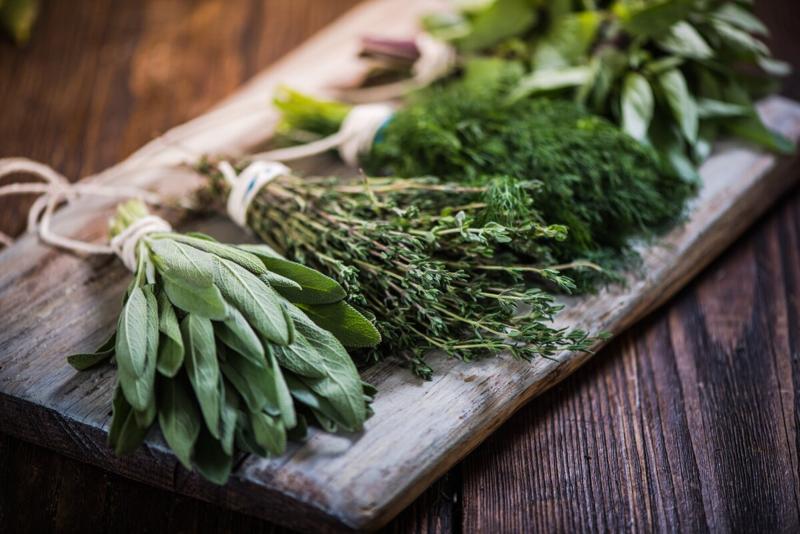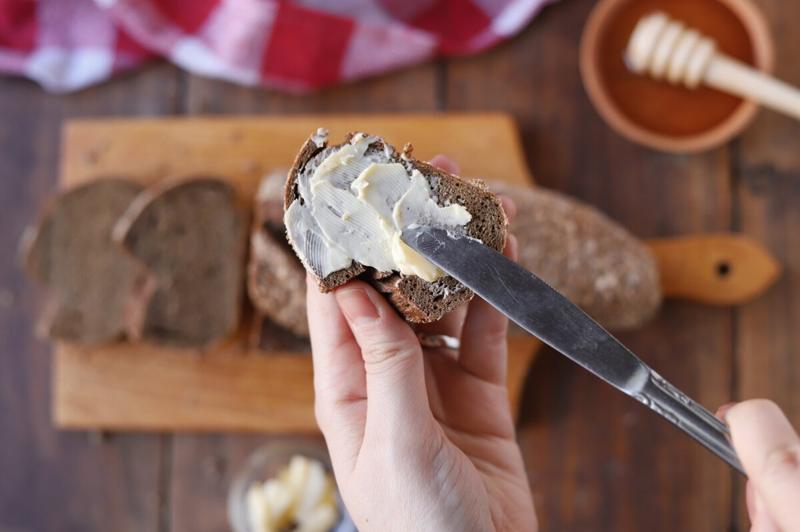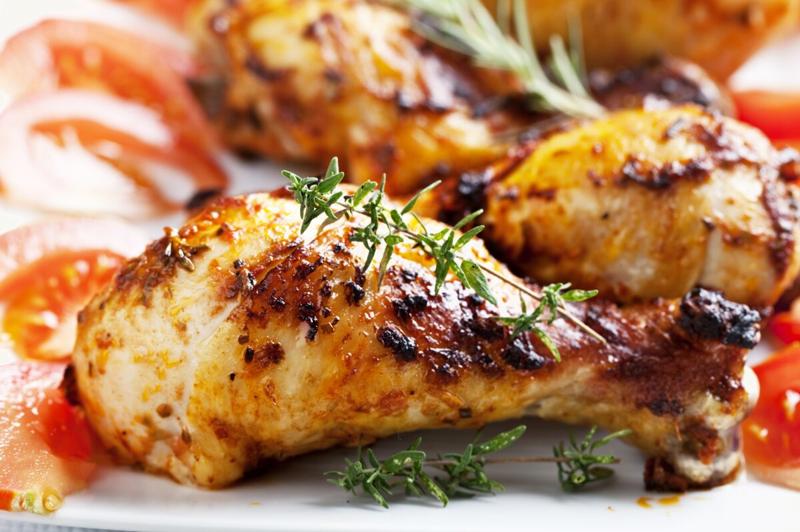The Therapeutic Lifestyle Changes (TLC) diet encourages the consumption of ample vegetables, fruits, whole grains, lean meats, and other nutritious foods. These guidelines offer flexibility and allow for a variety of food choices.
What Is the TLC Diet?
The three-part program entails eating plenty of vegetables, fruits, bread, cereals, pasta and lean meats. The guidelines are broad enough that you’ll have a lot of latitude with what you eat.
“TLC is a non-pharmacologic strategy for reducing the risk of cardiovascular disease and, therefore, does not require dependence on prescription medications for most people, nor does it require making separate meals for you and the rest of your family,” says Luis Rustveld, a registered dietitian and assistant professor in the department of family and community medicine at Baylor College of Medicine in Houston. “Adherence to the TLC diet also does not require buying special foods or eliminating the foods you like. The emphasis is on making product comparisons by reading food labels and choosing healthier versions of the foods you like.”
The TLC diet was based on the premise that dietary cholesterol can influence blood cholesterol and risk of cardiovascular disease. However, more recent studies and reviews of past studies have indicated that dietary cholesterol has a modest effect on low-density lipoprotein ("bad") cholesterol and very little impact on CVD risk, explains Julia Zumpano, a registered dietitian with Cleveland Clinic’s Center for Human Nutrition.
"Current diet recommendations focus heavily on limiting saturated fats," she says.
Family friendly. Family members can easily all eat the meals together with little or no modification. And the food options are healthy and balanced enough for all ages.
Budget friendly. Foods for this diet are easy to find at a typical grocery and don’t require expensive or specialty food items.
Planet friendly. The diet considers the environmental effects of food choices. It’s largely plant-based and/or the foods are mainly sustainably grown/produced.
Vegan or vegetarian friendly. Recipes can be easily modified for a vegan or vegetarian diet.
Gluten-free friendly. Recipes can be easily modified and still follow a gluten-free diet.
Halal friendly. Recipes can be easily modified and still follow the diet.
Kosher friendly. Recipes can be easily modified and still follow the diet.
Low-fat diet. This diet contains significantly less fat than the government’s recommended limits. Low-fat diets are known to be heart-healthy approaches.
How Does the TLC Diet Work?
Keep meat consumption to a minimum of 5 ounces or less a day. Stick to skinless chicken or turkey and fish.
Eat two to three servings a day of low-fat or nonfat dairy.
Eat up to four servings of fruit and three to five servings of vegetables.
Eat 11 servings a day of bread, cereal, rice, pasta or other grains. Focus on whole grains.
Need to shed pounds? Shoot for 1,200 to 1,600 calories for men or 1,000 to 1,200 calories daily for women. Then, cut saturated fat to less than 7% of daily calories, which means eating less high-fat dairy, like butter, and ditching fatty meats, like salami. Consume no more than 200 milligrams of dietary cholesterol a day, equivalent to about 2 ounces of cheese.
If your LDL cholesterol hasn't dropped by 8% to 10% after six weeks, add in two grams of plant stanols or sterols – cholesterol-like compounds naturally found in food – and 10 to 25 grams of soluble fiber each day. Soluble fiber, plant stanols and sterols help block the absorption of cholesterol from the digestive tract to help lower LDL. Stanols and sterols are found in vegetable oils and certain types of margarine and are available as supplements.
“The diet should emphasize a variety of fruits, vegetables and whole-grain products,” Rustveld says. “Total carbohydrate intake should make up 50% to 60% of total calories, mainly from whole grains. Limit total fat to 25% to 34% of daily calories.”
To round out their diet, people should consume fat-free and low-fat dairy products, legumes, skinless poultry, lean meats and fish.
Exactly how you meet these guidelines is up to you, though sample meal plans are available.
In addition to sticking to the dietary guidelines, it's important to be physically active.
“Exercise is a key component to the TLC diet,” Zumpano says. “Thirty minutes of moderate-intensity exercise is advised most or all days of the week.”
Can I Lose Weight on the TLC Diet?
According to the NIH, if you lose 10 pounds, you’ll decrease your LDL by 5% to 8% – a double bonus for your efforts.
Short-Term Weight Loss
Evidence suggests that rapid weight loss isn’t TLC’s strongest suit.
“The TLC diet was not designed for quick weight loss,” Rustveld says. "Adherence to TLC involves modifications in daily lifestyle, including following a special diet and physical activity recommendations that can lead to weight loss.”
One small study published in Journal of the American Medical Association Internal Medicine found that people with a body mass index of 27 or greater who followed a low-carb diet lost more weight over 12 weeks than those on the TLC diet (1).
Long-Term Weight Loss
While you can lose weight on TLC over a longer time period, it may not be as much as on other diets.
One study that compared Atkins and TLC found Atkins dieters lost an average of about 11 pounds after one year, compared with TLC dieters, who lost about seven pounds (2).
Weight Maintenance and Management
In order to manage weight, the TLC diet recommends eating regularly, practicing portion control and eating more vegetables to make you feel full.
“A useful behavior modification strategy endorsed by the TLC program is to differentiate between physical fullness – (your) stomach is full and distended because you may have overeaten – and satiety, a physiological signal from your brain that tells you to stop eating,” Rustveld says.
Research has confirmed that eating fruits and vegetables can increase satiety and reduce overall energy intake especially when consumed in solid form and prior to a meal (3).


Do: Stick to skinless poultry.
What Does the TLC Diet Cost?
Supplements with stanols and sterols (optional).
Cost of groceries overall.
Fresh fruits and vegetables.
Doing TLC Diet on a Budget
Use store coupons and take advantage of sales.
Choose canned or frozen products like frozen spinach or canned peaches.
Purchase nonperishable items (like popcorn) in bulk.
Buy dried beans and soak them before adding them to recipes like chili, tacos, black bean burgers and more.
Is the TLC Diet Easy to Follow?
Although it is relatively easy, it requires some motivation to maintain.
"The caloric restrictions may be challenging to stick to over time, as can the fat restrictions," Zumpano says.
Whether the TLC diet is easy to follow depends on your knack for tracking what you eat. It's up to you, for example, to ensure that no more than 7% of your daily calories come from saturated fat and that you don't exceed 200 milligrams of daily cholesterol from food.
The TLC diet takes work and a certain aptitude for reading nutrition labels. Aside from an 80-page manual available online, titled "Your Guide To Lowering Your Cholesterol With TLC," there are few resources to help you along.
The manual contains a few suggested meal plans, no recipes. However, there are several books available about the TLC diet, which do include recipes – for example, “The Complete Idiot's Guide to the TLC Diet."
Who Should Not Try the TLC Diet?
Pros
Nutritionally sound.
Filling – it's rich in high-fiber foods.
Has proven health benefits.
Diverse foods and flavors.
Cons
Recipes, resources lacking.
Lots of rules to remember.
What Can I Eat? Do's and Don'ts of the TLC Diet
Cut saturated fat to less than 7% of your daily calories. This means eating less high-fat dairy, like butter, and ditching fatty meats, like salami.
Make sure you get no more than 200 milligrams of dietary cholesterol a day, equivalent to about 2 ounces of cheese.
Incorporate plant stanols or sterols, which are found in vegetable oil and certain types of margarine.
Eat lots of fruits, vegetables, whole grains, low-fat or nonfat dairy products, fish and poultry without the skin.
Foods to Eat
Whole grains like quinoa.
Fish.
Lean protein, like skinless poultry and fish.
Nuts.
Canola oil and olive oil.
Low- and nonfat dairy.
Foods to Avoid (or Limit)
Fatty cuts of red meat.
Processed foods.
Full-fat dairy.
Foods with added sugars.
Egg yolks (2 per week maximum).
Vegan and Following the TLC Diet
Followers of the TLC diet can swap out lean meat for soy-based meat replacers or beans and replace dairy with plant-based alternatives. See all vegan diets.
Vegetarian and Following the TLC Diet
Because the TLC diet emphasizes vegetables, fruit and whole grains, vegetarians can undoubtedly adapt the plan to suit their dietary needs. See all vegetarian diets.
Gluten Free and Following the TLC Diet
Gluten-free followers of the TLC diet need to be careful with their whole-grain selections. The diet calls for adherents to consume six servings daily. Plain meat, poultry, eggs, vegetables and fruits are gluten free. However, you’ll need to check the ingredient lists of condiments or sauces you use for flavor. Amaranth, buckwheat, polenta, millet, quinoa and rice will round out your meal without risking health problems. See all gluten-free diets.
Halal and Following the TLC Diet
Since you’ll be responsible for grocery shopping and planning your menus on the TLC diet, you’ll be able to follow a halal diet while still improving your blood cholesterol levels and decreasing your risk of heart attack or stroke. See all halal diets.
Kosher and Following the TLC Diet
You can maintain a kosher kitchen while following the TLC diet. Choose lean cuts of kosher-certified beef, lamb, eggs and dairy products, and plan your menu to separate meat and dairy products. See all kosher diets.






